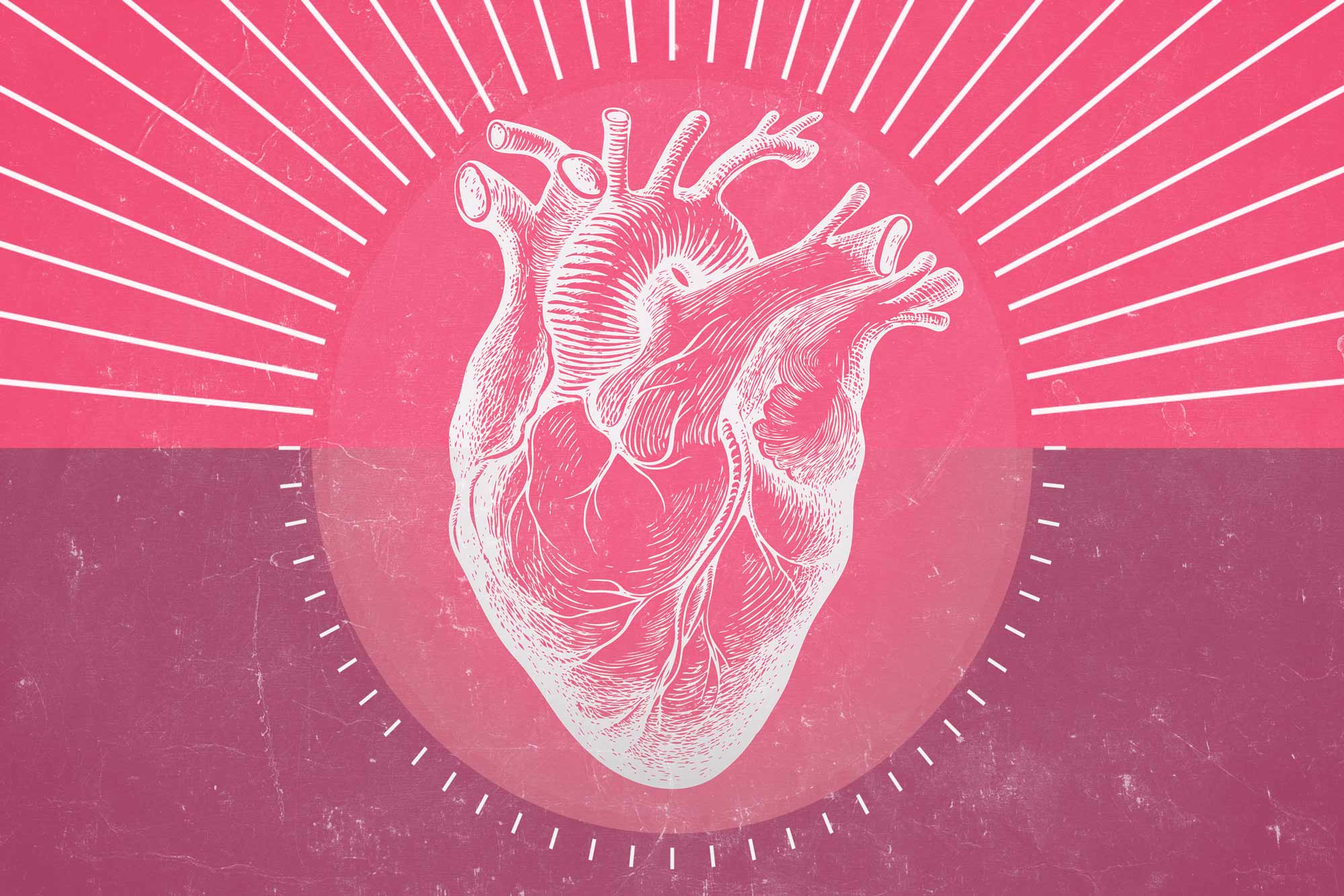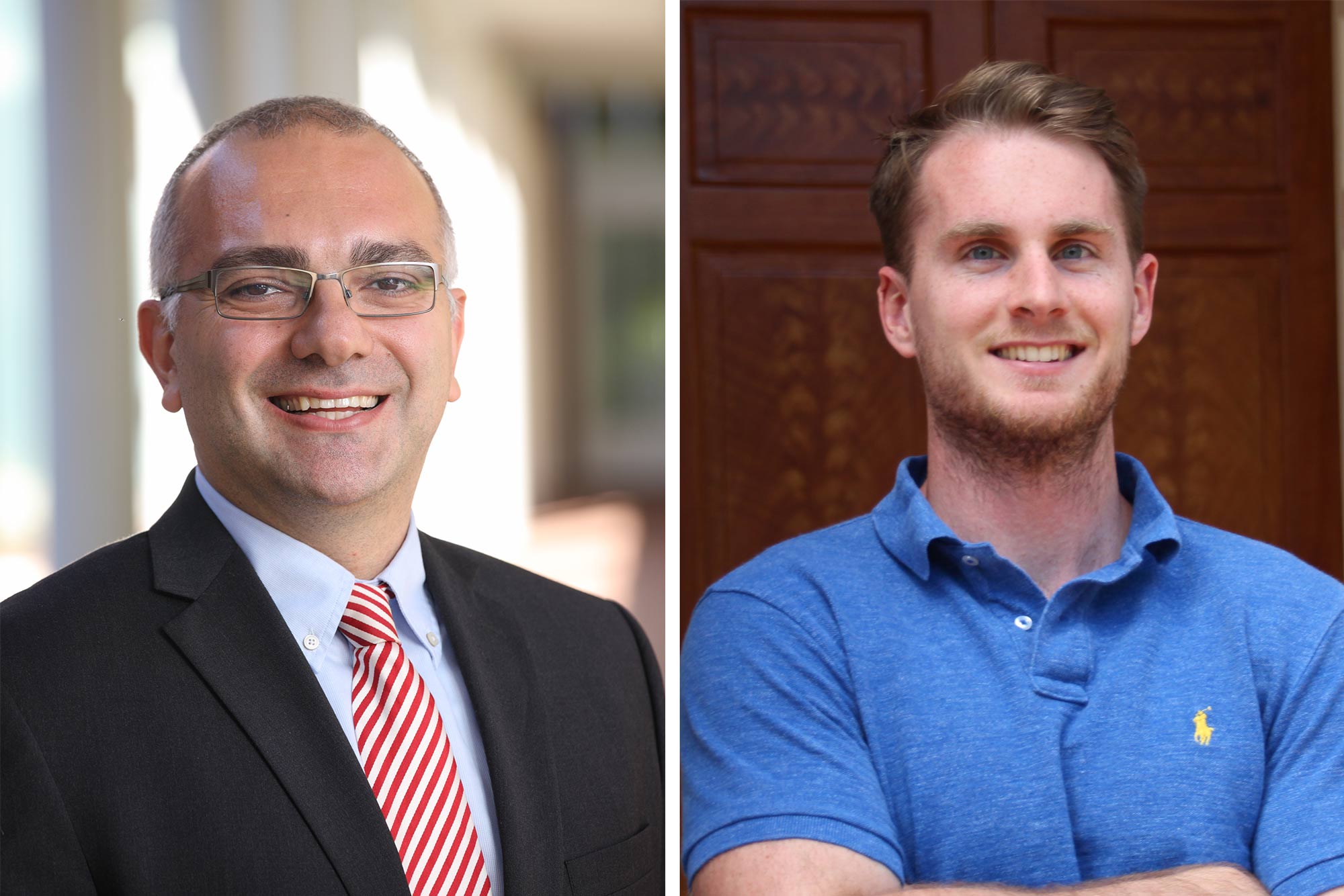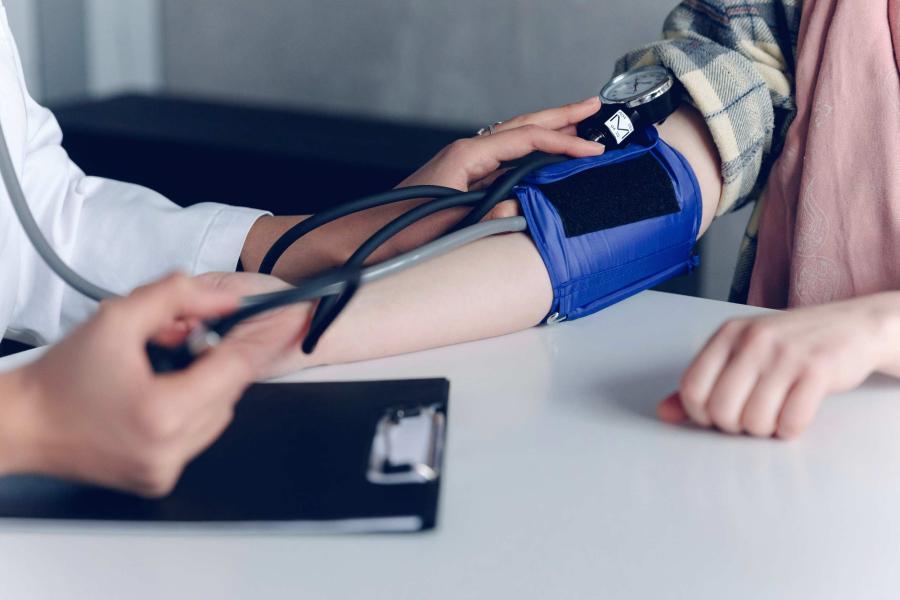UVA Health researchers probing the causes of coronary artery disease have identified critical biological processes that can go wrong inside the linings of blood vessels and contribute to the dangerous plaque buildup responsible for the disease.
The discovery provides new targets for scientists looking for better ways to treat and prevent the disease.
Coronary artery disease is the nation’s No. 1 killer and responsible for 25% of deaths in the United States. More than 600,000 Americans die from the disease every year and more than 17 million die from it worldwide.
“Smooth muscle cells that make up the bulk of our blood vessels play important roles in coronary artery disease. They undergo pathological transformations as the disease develops inside our arteries,” said researcher Mete Civelek, of the University of Virginia School of Medicine’s Center for Public Health Genomics and the Department of Biomedical Engineering.











